Penser ses photographies pour le SEO, guide pratique
In this article :
- L’importance du SEO pour les photographies afin d’optimiser sa visibilité en ligne
- Pourquoi optimiser les images pour le SEO ?
- Comment optimiser ses images pour améliorer son référencement naturel ?
- L’apport d’une stratégie SEO globale pour les images
- Conclusion : Des images bien référencées pour une visibilité renforcée
- FAQ – Tout savoir sur le SEO et l’optimisation des images
- 1. Pourquoi le SEO des images est-il important pour une entreprise ?
- 2. Comment bien nommer ses fichiers d’image pour le SEO ?
- 3. Quel est le meilleur format d’image pour le SEO ?
- 4. La taille des images influence-t-elle le référencement naturel ?
- 5. Comment écrire une bonne balise ALT pour une image ?
- 6. Google prend-il en compte les métadonnées des images pour le SEO ?
- 7. Quelle est l’importance du chargement différé (lazy loading) pour les images ?
- 8. Les images influencent-elles le référencement mobile ?
- 9. Comment améliorer la vitesse de chargement des images sur un site ?
- 10. Comment suivre la performance SEO des images d’un site ?
The Importance of SEO for Photographs to Optimize Online Visibility
In a world where imagery is a powerful commercial lever, companies are investing heavily in photography to showcase their products, services, and brand. But an image, no matter how aesthetic, is not enough to generate visibility if it is not properly integrated into a comprehensive digital strategy.
Image SEO (Search Engine Optimization) is an essential lever to improve a company’s visibility on search engines, particularly on the leader Google.com. A well-optimized image does more than simply enhance a website: it actively contributes to its ranking, the user experience, and ultimately, conversion.
Why Optimize Images for SEO?
When a company publishes visual content online, on its website, product pages, or marketing campaigns, these images must be designed to appeal to search engines as much as to visitors. A non-optimized visual can negatively impact SEO and slow down the website, thereby reducing its commercial effectiveness.
-
Increase Visibility on Google and Google Images
Images appear in Google Images, which accounts for about 22% of web searches. A well-optimized photo therefore has the potential to drive traffic to a company’s website and improve its overall SEO.
-
Improve User Experience and Conversion Rate
A fast website with smooth, well-referenced visuals strengthens visitor engagement and encourages them to stay longer. This translates into better conversion, particularly for e-commerce sites and corporate presentation pages.
-
Reduce Website Loading Time
Images are responsible for nearly 50% of a webpage’s total weight. A file that is too heavy slows down the site, which impacts its SEO. Google prioritizes fast and well-structured pages.
How to Optimize Images to Improve SEO?
A company that wants to maximize the impact of its visuals must follow SEO best practices.
-
Properly Name Image Files
Search engines cannot “see” an image. They analyze its file name to understand its content. It is therefore recommended to avoid generic names like IMG_1234.jpg and instead use descriptive names.
❌ photo1.jpg
✅ showroom-design-luxury-boutique-paris.jpg
-
Choose the Right Format and Compress Files
To speed up page loading, images should be compressed without losing quality.
- JPEG: Ideal for commercial photos and product visuals.
- PNG: For images requiring transparency.
- WebP: Recommended by Google for high-quality rendering with reduced file size.
Tools like TinyPNG, Squoosh, or ImageOptim can effectively reduce file size before uploading.
-
Add Optimized ALT Tags
The ALT tag (alternative text) helps search engines understand the image and improves accessibility. It should be descriptive and include strategic keywords.
❌ alt=”company photo”
✅ alt=”Photograph of a high-end watchmaking showroom in Geneva”
-
Implement Lazy Loading
Lazy loading only loads images when they become visible on the screen, reducing initial loading time. This technique is recommended by Google to improve site speed.
The Contribution of a Global SEO Strategy for Images
While image optimization is a powerful lever for improving a website’s performance, it is not sufficient on its own. Good SEO relies on a broader approach, including:
- An optimized web structure (speed, mobile-friendliness, UX).
- Relevant, well-structured content.
- A netlinking strategy (acquiring inbound links to boost site authority).
This is where the involvement of a specialized SEO agency makes it possible to achieve concrete and lasting results. Such an agency handles all the technical and editorial optimizations necessary for strong positioning on Google.
Conclusion: Well-Optimized Images for Enhanced Visibility
Investing in professional photography is a major asset for a company, but its impact is multiplied when integrated into a well-designed SEO strategy. By applying these optimizations and working with experts, brands can improve their visibility, boost engagement, and maximize conversions on the web.
FAQ – All About SEO and Image Optimization
- Why is image SEO important for a business?
Image SEO improves a website’s visibility by helping it rank better on Google and Google Images. It also contributes to faster page loading times, thereby improving user experience and conversion rates.
- How should image files be named for SEO?
It is recommended to use descriptive file names and include relevant keywords. Avoid generic names (IMG_1234.jpg) and use explicit ones like photography-hotel-paris-luxury.jpg.
- What is the best image format for SEO?
The WebP format is currently recommended by Google because it offers a good balance between quality and reduced file size. JPEG remains a valid option for detailed photos, while PNG is useful for images requiring transparency.
- Does image size affect SEO?
Yes, images that are too heavy slow down page loading times, which harms SEO. It is essential to compress files without quality loss using tools like TinyPNG or Squoosh.
- How to write a good ALT tag for an image?
An ALT tag should be descriptive, concise, and relevant. It should explain the image content while naturally integrating keywords. For example: “Interior of a 5-star hotel in Paris with panoramic view.”
- Does Google take image metadata into account for SEO?
Metadata (EXIF, IPTC) is not a direct ranking factor for SEO, but it can help Google better understand an image’s context. Therefore, it is recommended to optimize ALT tags and descriptions first and foremost.
- How important is lazy loading for images?
Lazy loading allows images to load only when they appear on screen, reducing the page’s initial loading time and improving SEO performance.
- Do images affect mobile SEO?
Yes, especially since Google applies mobile-first indexing. A website whose images are optimized for mobile (compressed formats, responsive design) will benefit from better ranking.
- How to improve image loading speed on a website?
Some key actions include:
- Compressing images with an online tool or a WordPress plugin.
- Using suitable formats like WebP.
- Implementing a CDN (Content Delivery Network) to load images faster.
- Enabling lazy loading to defer loading of off-screen images.
- How to track the SEO performance of a website’s images?
You can analyze image-generated traffic using Google Search Console, which shows which images appear in search results. Tools like PageSpeed Insights or GTmetrix also help identify images that slow down a site.
Jérémy Carlo is the editorial director at Rétines, where he ensures the consistency and clarity of all content produced by the studio.
At Rétines, our expertise is in :
Working Working with us, you benefit from the experience of a motivated, trained and friendly team.
Our Clients
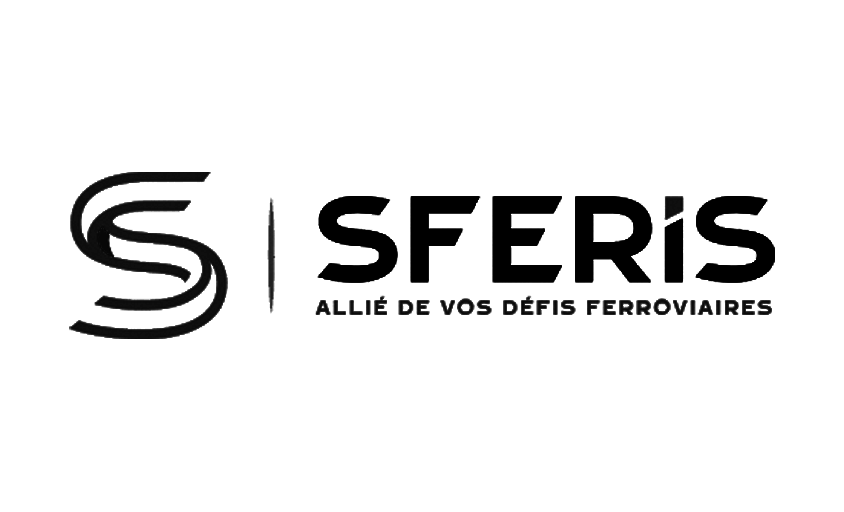
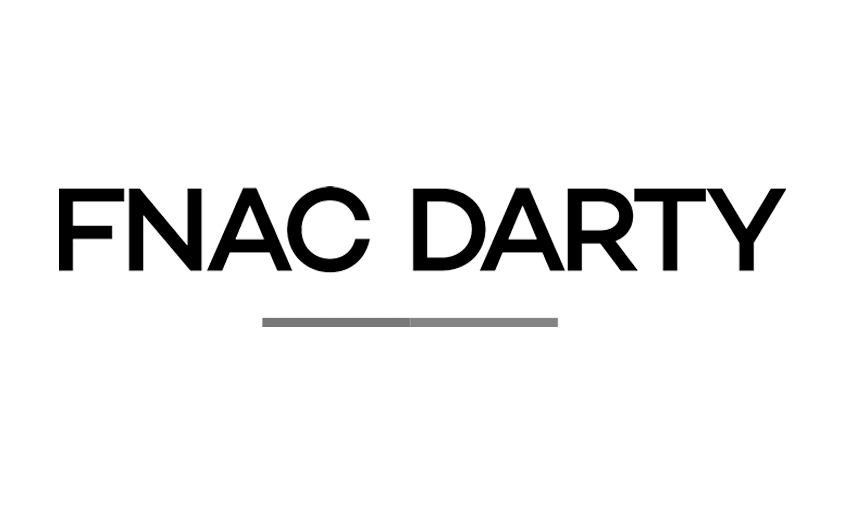
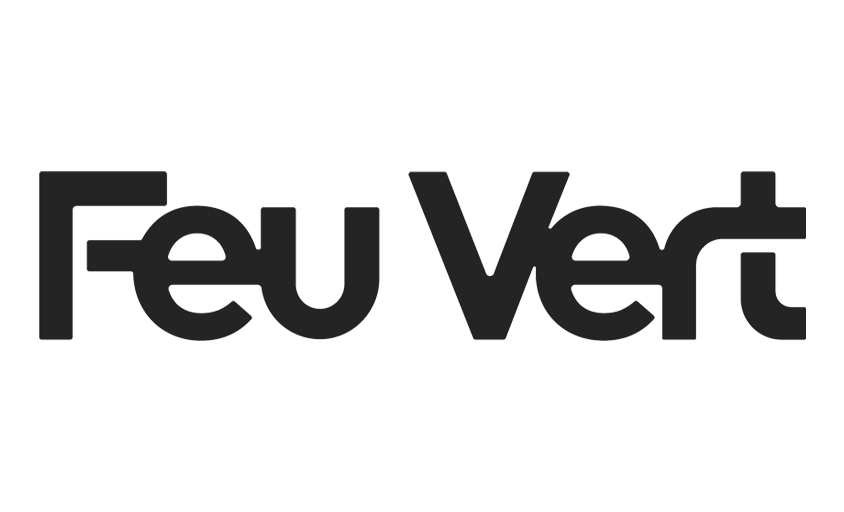
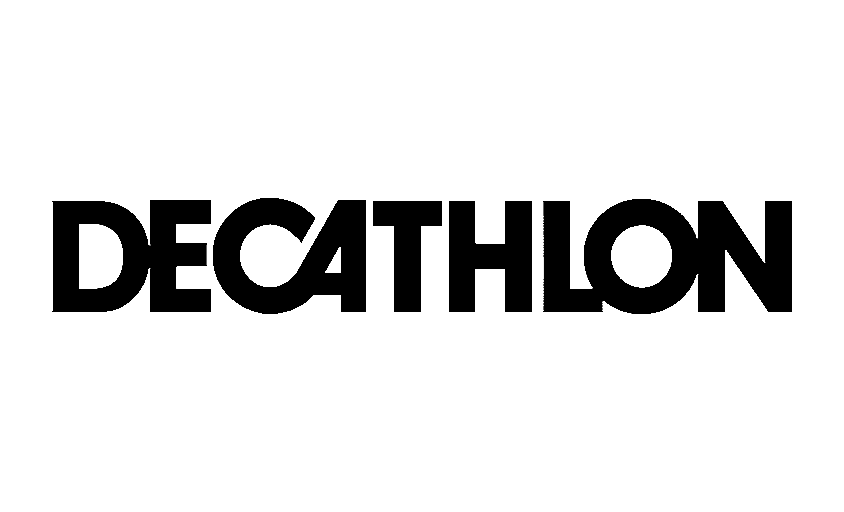
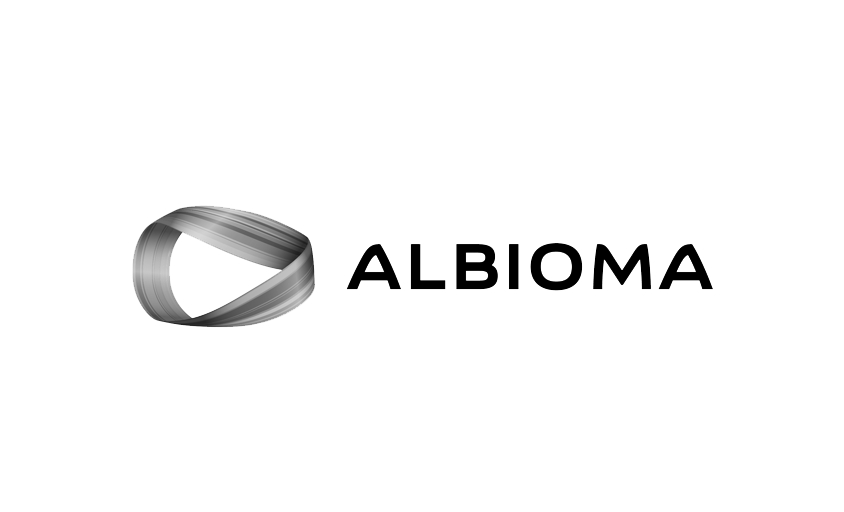
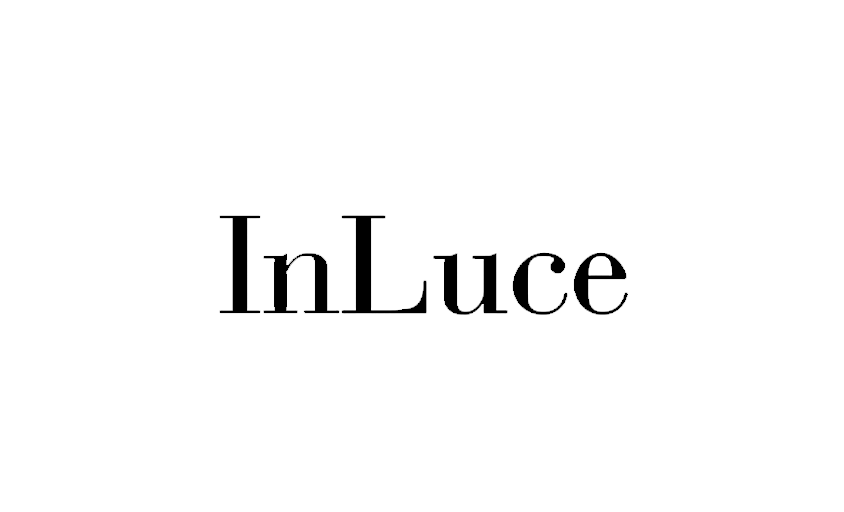

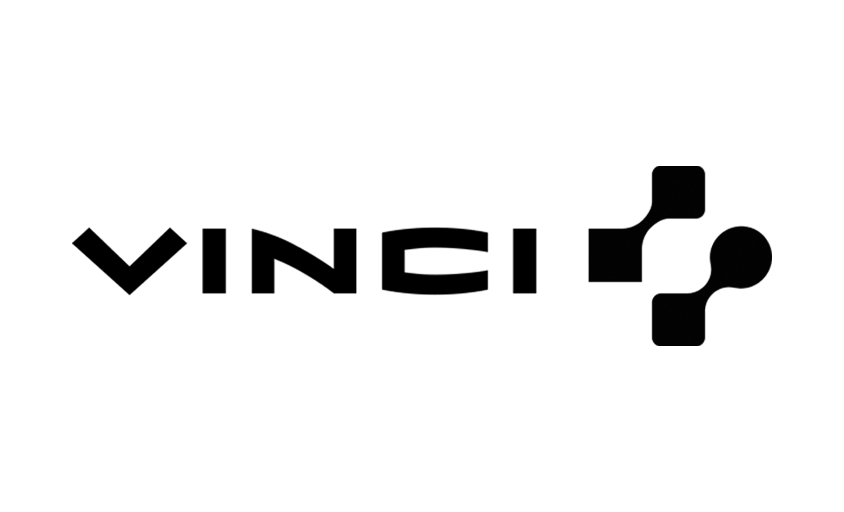
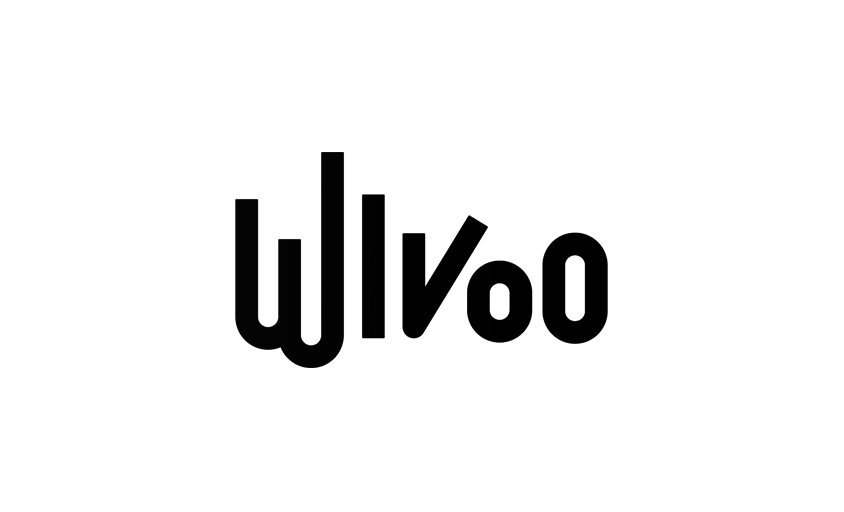
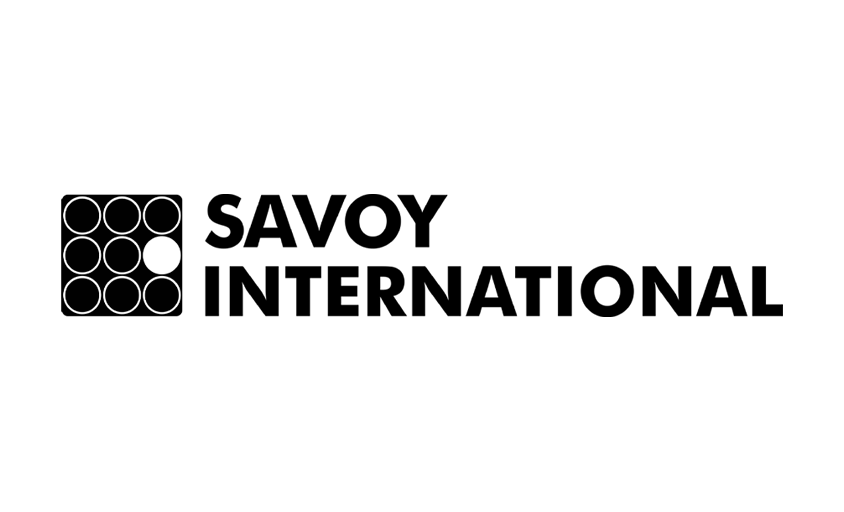
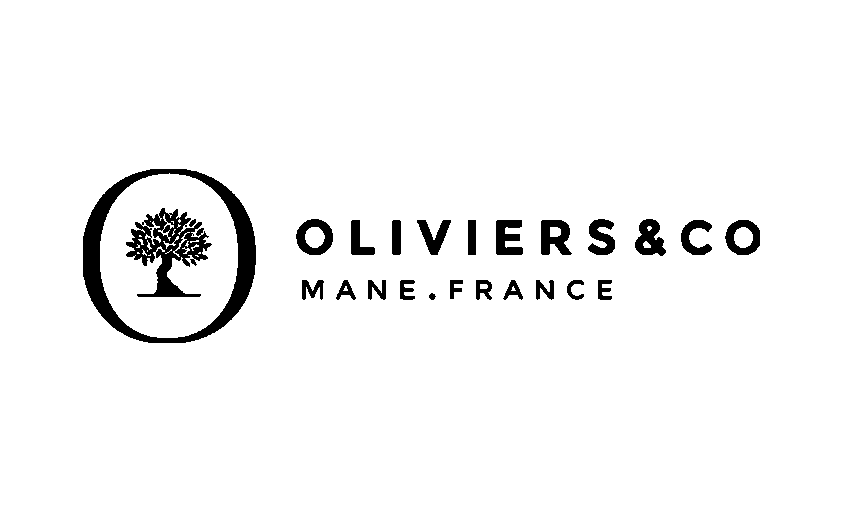
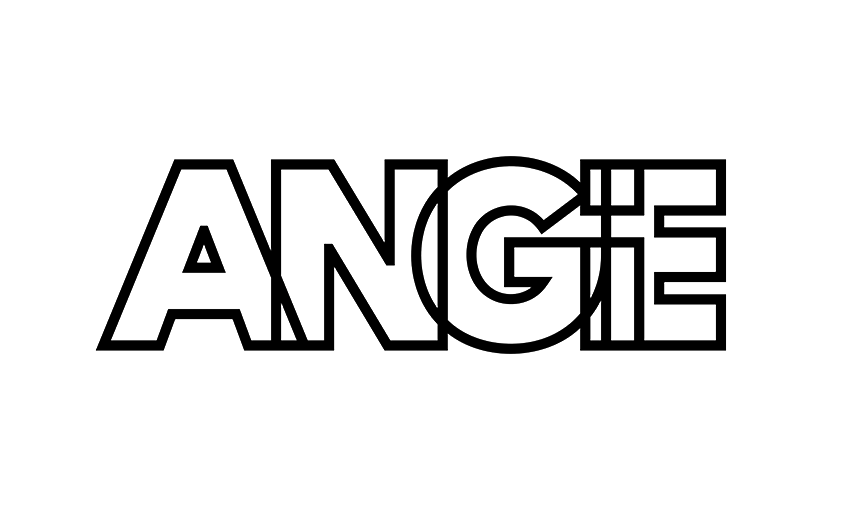
Let’s discuss
What we do for you at Rétines
Meticulous work, an organised project and fast delivery. And to achieve this, we mobilise the right resources in our teams at the right time.
01
Pre-production
Artistic and technical direction tailored to the project.
Relevant recommendations on content, form and resources.
02
Photo Shooting
Photos taken by our experienced photographers.
Production that’s controlled, efficient and tailored to the needs of the project, with nothing superfluous.
03
Retouching
Technique
Photographs magnified by our retouching team.
Post-production to meet the commercial challenges of the brief.
